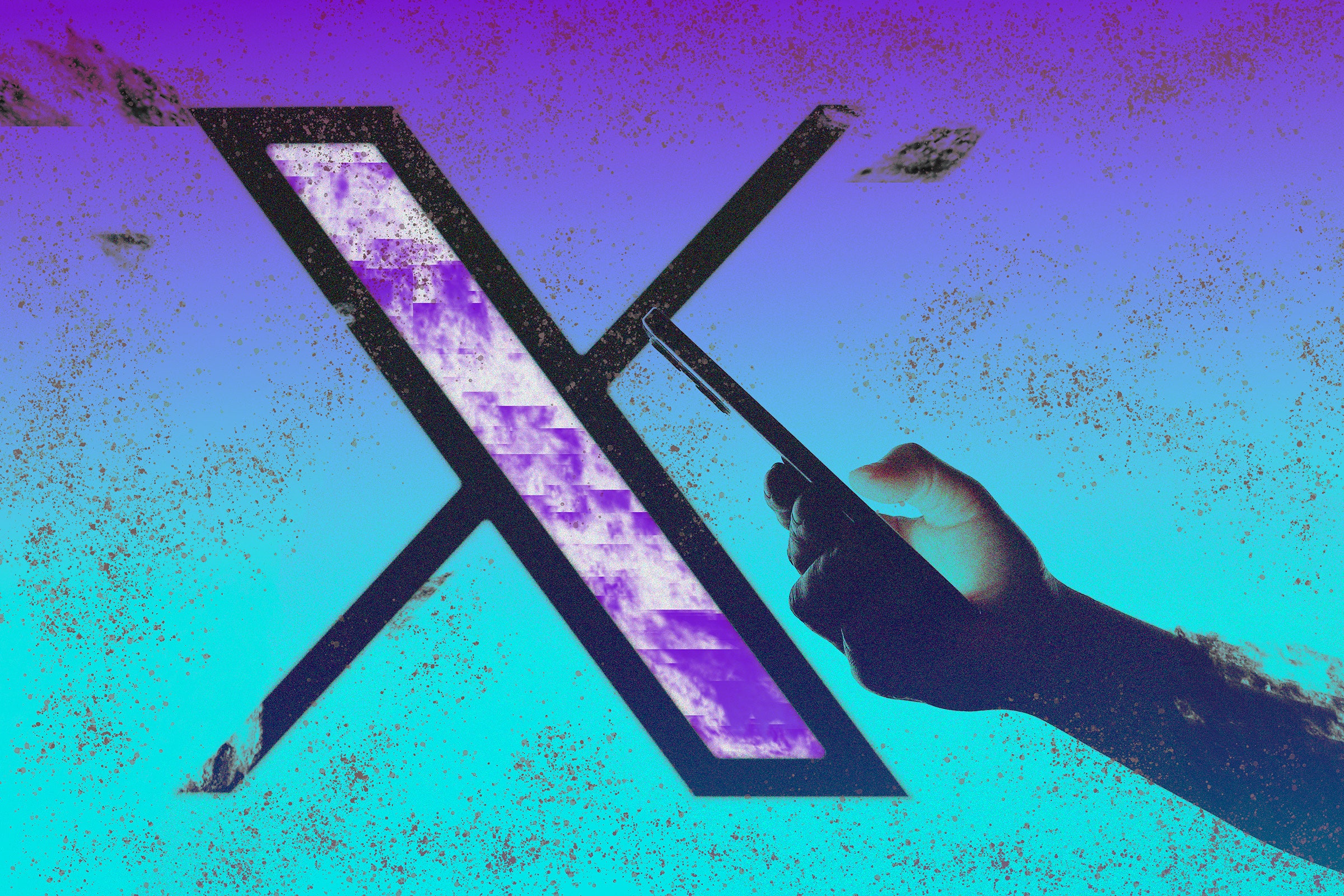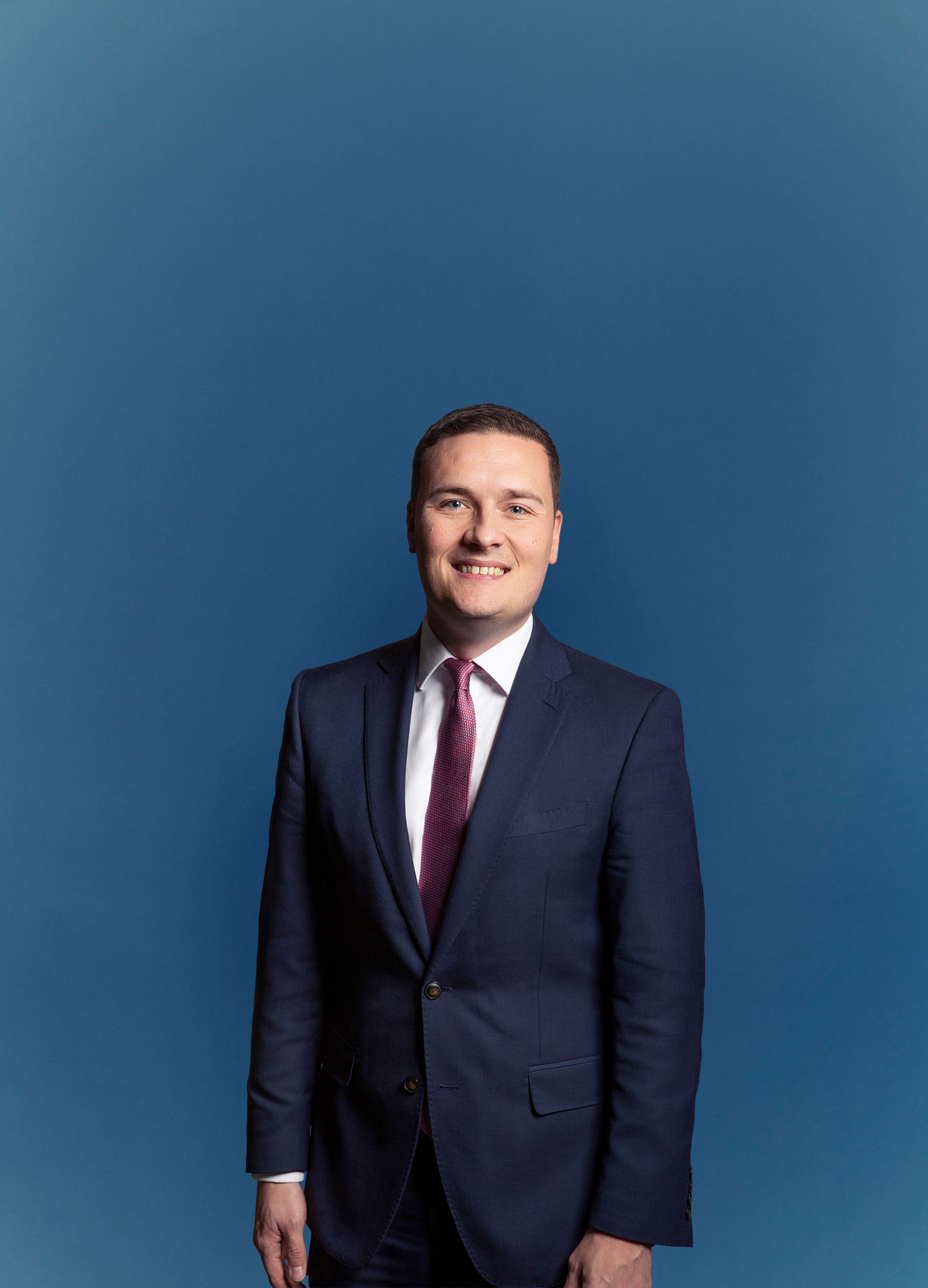The morning after Hurricane Helene pummeled the eastern seaboard of the US, Thomas Witherspoon inspected the damage to his western North Carolina home. The night before, he listened to the wind whip down trees and snap power lines along the two-mile access road connecting his family to their few neighbors in Buncombe County.
Like the tens of thousands of other North Carolina residents, the power to Witherspoon’s neighborhood was completely out. It was impossible to communicate with the house down the road, let alone anyone several miles away. Unable to send text messages or make phone calls, radio became the one form of communication left in rural North Carolina. After fixing what he could on his own property, Witherspoon, a lifelong amateur radio enthusiast, began distributing handheld radios to his neighbors.
“Amateur radio is one of those things you get into because of your love of radio communications and the technical aspects of it or the community and the challenges that you can overcome,” Witherspoon says. “It’s a lot of fun, but underlying all of that is this prime directive with amateur radio that it’s always there as emergency communications when all else fails.”
Other amateur radio enthusiasts have helped out as well. Last Tuesday, operators fielded requests for medications, like insulin, and announced when grocery stores, like Sam’s Club, reopened. Most of the messages were to let friends and family know that they’re OK.
“Mom, your son is OK. No phone service. Happy birthday,” WIRED heard a caller ask an operator to send his mother during a livestream of the broadcast.
Hurricanes have wreaked havoc on the United States over the past month. More than 200 people have been confirmed dead as a result of Helene and many more have gone missing, making it the most destructive US hurricane since Katrina in 2005. Nearly a week after Helene made landfall, cell service dead zones plagued the Carolinas, leaving thousands of residents unable to reach their friends, families, and even emergency responders. As Hurricane Milton builds in the Gulf of Mexico this week, radio operators in Florida are also preparing to launch their net—a group of operators communicating live over the air. Scott Roberts, an amateur radio section manager for northern Florida, said that operators in his area started checking their equipment and making plans to deploy to shelters as of Monday.
There are more than 1 million licensed radio amateurs in the US like Witherspoon and Roberts, according to a Federal Communications Commission spokesperson who spoke to WIRED last week. Some amateur radio bands are short bands, reaching only small communities of people, while others cover hundreds and even thousands of miles. When communication infrastructure fails, like cellular networks during a natural disaster, the FCC allows for amateur radio operators to assist in recovery efforts.
Gordon Mooneyhan, spokesperson for the American Radio Relay League, said he knows of three main repeaters being used to convey messages inside the disaster area from Hurricane Helene, including the Mt. Mitchell Repeater, which is located at the highest point in North Carolina at 6,600 feet and boosts localized radio broadcasts to a wider network. This is where Witherspoon read off supply requests and road closures.
Messages are sent digitally using what is essentially a modem, linking a computer to the radio and turning the messages into a form of high-speed morse code with the Winlink Global Radio Email system.
“You type the message, and it will automatically calculate the word count and send it to the next station,” says Mooneyhan. “The next station automatically sends back what the word count is supposed to be, so it’s all verified and there aren’t any errors.”
Whether a message out of the disaster zone is bound for a neighboring state or a family member in Asia, there are operators everywhere capable of getting it where it needs to go.
“You wanna go to Texas? They’ll find a net that’s taking traffic to Texas, sign in, relay the message, and deliver it,” says Mooneyhan.
As of Monday, telecommunications companies were still putting up temporary towers to restore cell phone connectivity in North Carolina. AT&T and T-Mobile have deployed mobile units where residents can drive to connect their phones to Wi-Fi and send messages. For many residents, the simplest method of reaching a loved one is speaking into a handheld radio.
Hurricane Milton grew into a category 5 storm on Monday, and amateur radio operators in Florida are already preparing to respond if the state’s communications infrastructure fails.
“Florida amateur radio operators are perfectly equipped to handle Hurricane Milton, even just after Hurricane Helene,” says Josh Johnston, the director of emergency management for the Amateur Radio Emergency Service. “They have the systems in place and have a well-refined action plan in each county, as well as at the state level. They’re quite accustomed to busy storm seasons, and ready to provide critical information to served agencies as Milton comes through.”
“It’s not as nice as getting a phone call from a loved one,” says Mooneyhan, “but if you’re in an area where the cell service and land lines are totally disrupted, a message saying ‘I’m OK, everyone’s fine, don’t worry,’ that beats the heck out of not knowing.”


